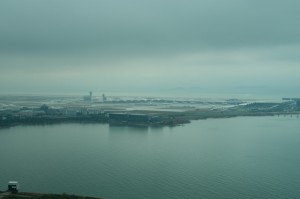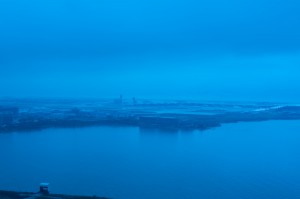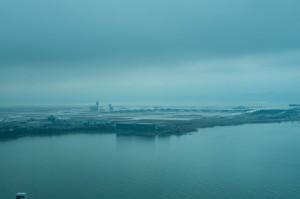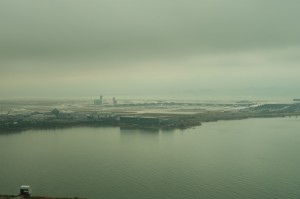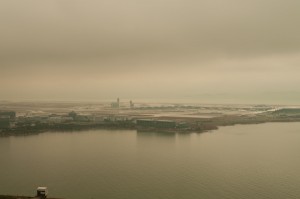White Balance – Photography
March 06th, 2009 | Author: Sunny
I went to my first photography course yesterday. White balance was something that I don’t really understand how it worked before… but I got some idea now. I may be wrong, but I am going to demonstrate here:
my D700 can adjust color temperature for 2500K to 10000K. Today it is a cloudy weather. I found about 5000k-6000k probably is the right color temperature setting for today. I will use 5000k for comparison in this experiment.
I also tried 2500k, 4000k, 8000k, and 10000k (remember the color temperatures here are the white balance setting for my camera, so don’t be confused with the real color temperature for this cloudy day) :
Color temperatures is like this:
The lower the color temperature, light spectrums shift to contain more orange or red wavelengths. In contrast, the higher the color temperature, light spectrums shift to contain more blue wavelengths. As the color temperature rises, the color distribution becomes cooler.
Result:
In this experiment, the correct color temperature is 5000k. If my camera white balance setting for color temperature is lower than 5000k, my camera will absorb more blue light, and as result my photo will become blueish. (because the camera thinks that the color temperature is low.)
On the other hand, if my camera white balance setting for color temperature is higher than 5000k, my camera will absorb less blue light, and as result my photo will become reddish. (because the camera thinks that the color temperature is high.)
Pretty simple concept. If you want to learn more about white balance, I found the site has much better explanation how white balance setting and color temperature works. the URL is: http://www.cambridgeincolour.com/tutorials/white-balance.htm
